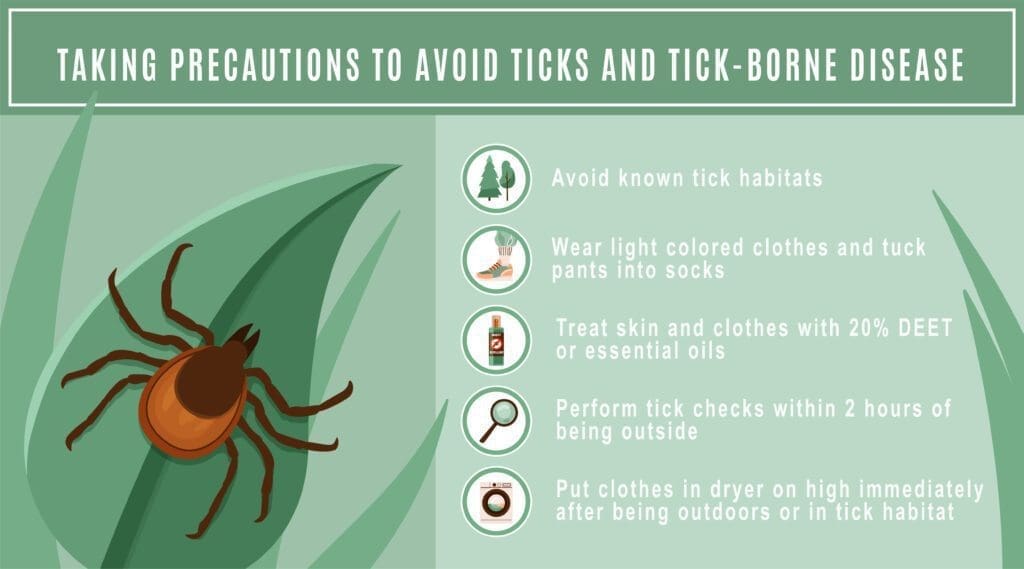You’ve probably heard of the Salvia Hot Lips Plant if you love gardening. This shrub is popular among garden enthusiasts for its colourful flowers and easy maintenance. This blog will guide you on successfully growing in late summer. From selecting planting horticulture to maintaining soil moisture levels, we cover everything you need to know. We also provide tips on propagation and dealing with pests and diseases. Read on to learn about growing Salvia Hot Lips Plants.
Selecting the Ideal Location for Your Hot Lips Plant UK
When selecting the ideal location for your Salvia Hot Lips, choose a spot with full sun for optimal growth. Consider planting near ornamental borders or in a courtyard to enhance the aesthetic appeal. This resilient plant also thrives in areas with partial shade and prefers well-drained soil. Avoid areas prone to waterlogging to prevent any potential damage.
Preparing the Soil for Pollen Planting
It is essential to prepare the soil adequately to help in the healthy growth of the salvia hot lips plant. Ensure the earth is loamy and well-draining, and amend it with organic matter to improve fertility. Test the ground to ensure it has a slightly acidic pH of 6-7 and provides proper drainage to prevent root rot. They can thrive in most moderately fertile soils as long as it has good drainage. You can take any loam, sand, or clay for your garden beds and have your hot lips grow there well.
Importance of Soil Fertility and Drainage
Maintaining soil fertility is essential for the healthy growth of hot lips plants. Adding compost or organic fertilisers provides the necessary nutrients. Adequate drainage prevents waterlogging and root diseases. Regularly checking soil moisture levels, ensuring good soil structure, and using mulching techniques further contribute to optimal plant growth.
The Planting Perennials Process Explained
Make a hole slightly more significant than the size of the plant’s root ball, place the Salvia Hot Lips in the centre, backfill with soil, and firm it around the plant. Water thoroughly to settle the soil, eliminate air pockets, and space multiple plants according to their mature size.
Spacing Considerations for Healthy Growth
It is essential to provide adequate spacing. These plants should be seeded at least 18-24 inches apart. Proper spacing allows for airflow, reduces the risk of pests and diseases, and ensures each plant has enough room to grow and thrive. When determining spacing, consider the plant’s mature size.
How to Maintain Soil Moisture Levels
To maintain soil moisture for Salvia Hot Lips, water deeply and infrequently at the base to avoid wetting foliage. Regularly check soil moisture and adjust watering accordingly. Avoid overwatering to prevent root rot. Mulching helps retain moisture and regulate temperature.
Critical Tips for Successful Jamensis Propagation
Successfully propagating Salvia Hot Lips involves taking softwood or basal cuttings in early summer. Dip the softwood cuttings into the rooting hormone before planting, providing consistent moisture and warmth. Transplant rooted cuttings into individual pots or the garden.
Identifying and Dealing with Common Pests and Diseases
Snails and slugs can damage foliage, so be vigilant—combat infestations with organic pest control methods (BENEFITS), Keep a watchful eye out for diseases like powdery mildew or root rot. Improve air circulation to minimize disease risk. Remove infected leaves or plants promptly to prevent spreading.
Salvia Hot Lips Pruning
Pruning Salvia Hot Lips is essential for maintaining its shape and promoting healthy growth. It is best to prune in early or late spring or after the flowering. Always look for any deadhead or damaged branches to remove them and cut them back to the base of the plant. It will help keep disease away and encourage new growth.
To maintain its compact form, prune any leggy or overgrown branches by about one-third of their length. It will encourage bushier growth and more abundant blooms. Use clean, sharp pruning equipment to make clean cuts and minimize stress on hot lips plant care.
What Are the Best Pollinators Plants?
Enhance the beauty of your shrub with companion plants that attract pollinators. Choose plants that thrive in full sun and tolerate autumn frosts. Look for foliage colours that complement the white and red blooms. Consider plants that attract hummingbirds while being mindful of pests like snails and slugs.
20 different types of Pollinators
Can Salvia Hot Lips Plant Thrive in Pots During Drought?
Salvia hot lips can flourish in pots with proper care. Ensure the container has good drainage and place it in partial shade, especially in humid areas. Water frequently, allowing the soil to dry slightly between waterings. Prune to maintain shape and encourage new growth. Propagate through softwood tip cuttings.
Read more on thriving hot lips care
Conclusion
Growing this plant can be a rewarding experience for any gardener. These beautiful plants are known for their vibrant red and white flowers and their ability to attract pollinators like bees and butterflies. Choosing the right location for your plant, preparing the soil properly, and maintaining appropriate moisture levels are essential. Additionally, understanding common pests and diseases affecting the plant and identifying suitable companion plants can add to its overall health and vitality. Please comment below if you have any questions or additional tips on growing this fantastic plant.



